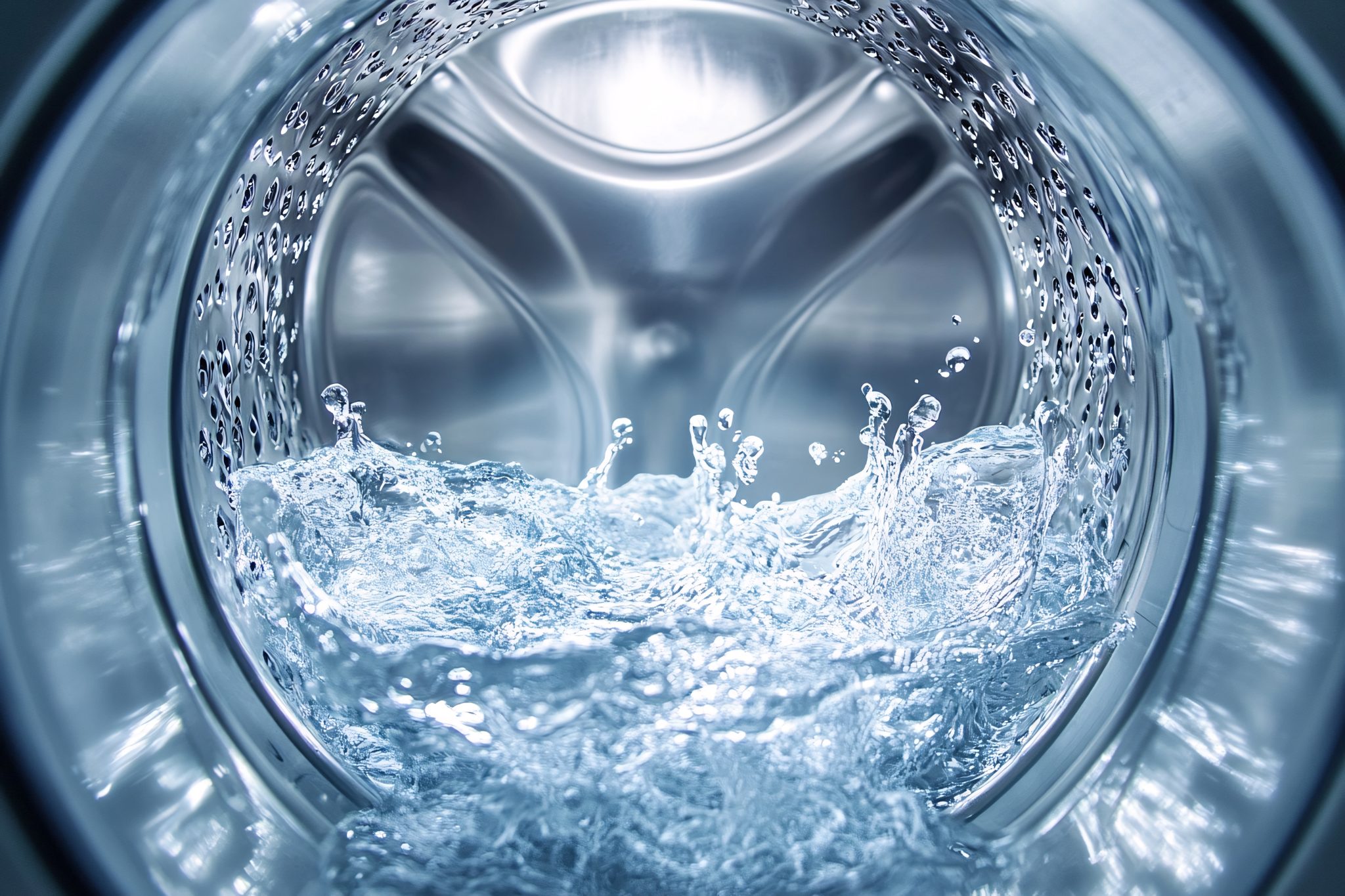1. Understanding the Impact of Utility Costs
1.1 Utility Bills as a Major Expense
For laundromat owners, utility costs typically account for a substantial portion of monthly operational expenses. Heating water for washers, running dryers at high temperatures, and keeping lights on for extended business hours all add up quickly. Over time, inefficient equipment can inflate these costs even more, cutting deeply into potential profits.
1.2 Hidden Factors: Maintenance and Downtime
Older or poorly maintained machines not only consume more electricity and water but may also require more frequent repairs. This translates to both direct costs for parts and labor, and indirect losses from machine downtime. A proactive approach—investing in and maintaining energy-efficient equipment—can mitigate these risks and free up cash for other business needs.
2. Choosing Energy-Efficient Washers
2.1 Front-Loading vs. Top-Loading Machines
One of the biggest decisions for any laundromat owner is the choice between front-loading and top-loading washing machines. While top-loaders are often cheaper initially, front-loading machines are widely recognized for:
- Using less water: Front-loaders typically use up to 40% less water than traditional top-load machines.
- Higher spin speeds: Extract more water from clothes, thus reducing the subsequent drying time (and energy use).
- Lower detergent needs: Efficient use of detergents saves customers money and reduces environmental impact.
Over the long term, front-loading machines usually generate enough water and energy savings to justify the higher upfront cost.
2.2 High-Efficiency Washers
When selecting new washers, look for models labeled “High Efficiency” (HE) or certified by agencies such as ENERGY STAR (in the U.S.). These machines are designed to optimize water use and often incorporate advanced motor drives and sensors that adjust cycle times and water levels based on load size. By fine-tuning operations to actual demand, HE washers cut waste and slash operational costs.
2.3 Maintenance and Best Practices
Even the most advanced machine can underperform if not properly maintained. Simple measures like regularly cleaning filters, checking for leaks, and ensuring that seals and gaskets remain intact can help washers operate at peak efficiency. Additionally, train staff to watch for signs of wear, error codes, or performance issues—catching a small problem early can prevent more expensive repairs down the road.
3. Optimizing Dryer Efficiency
3.1 Gas vs. Electric Dryers
Dryers are often the single largest consumer of energy in a laundromat. If you have access to natural gas, gas-powered dryers can be more cost-efficient than electric dryers, especially in regions where gas prices are lower than electricity rates. However, the best choice can depend on local utility costs, so always compare the total cost of ownership over the expected lifespan of the equipment.
3.2 High-Efficiency Dryers and Smart Controls
Newer dryer models often include features like moisture sensors that automatically stop the machine once clothes reach the desired dryness level, saving energy and reducing wear on fabrics. Some also offer smart controls that communicate with washers or front-end software to optimize load times and match drying cycles to washing cycles.
3.3 Heat Reclamation and Insulation
In larger operations, heat reclamation systems capture and reuse the heat from dryer exhaust, significantly cutting down on energy consumption. Ensuring the dryer ducts are well-insulated and unobstructed also helps machines run more efficiently. If lint and debris accumulate in vents, dryers must work harder (and use more energy) to push out hot air.
4. Reducing Water Consumption and Heating Costs
4.1 Water Conservation
In addition to choosing water-efficient washers, laundromat owners can further minimize water usage by installing low-flow faucets and automatic shut-off valves in utility sinks or restrooms. Regularly monitoring your water bill and usage patterns can help detect leaks early—often indicated by sudden spikes in water consumption that can’t be explained by customer volume.
4.2 Efficient Water Heaters
For hot-water cycles, installing tankless or on-demand water heaters can make a noticeable impact on utility costs. These systems heat water only when needed, eliminating the energy losses associated with keeping a large tank of water hot around the clock. If you prefer a traditional water heater, consider a high-efficiency, condensing gas water heater and ensure it’s appropriately sized for your needs to avoid excessive standby losses.
4.3 Temperature Settings
Be mindful of water temperature settings. Many detergents formulated for cold or warm water provide excellent cleaning results with lower energy consumption. By optimizing temperature settings, you reduce energy usage while maintaining the quality wash customers expect.
5. Upgrading Lighting and HVAC
5.1 Lighting
Although washers and dryers are the most obvious energy hogs, lighting can also add significantly to overall utility bills—especially if your store operates late into the evening. Switching to LED lighting can reduce electricity consumption by up to 75% compared to traditional incandescent bulbs. LED lights also emit less heat, placing a smaller burden on your air conditioning system.
5.2 Smart Controls and Automation
Consider installing motion sensors or occupancy sensors in low-traffic areas, such as storage rooms and restrooms, to ensure lights aren’t left on when not needed. Likewise, smart thermostats can adjust the temperature based on usage patterns, time of day, or external weather, thus reducing heating and cooling costs.
5.3 Insulation and Air Sealing
A well-insulated building envelope keeps conditioned air inside and outdoor air outside, reducing the load on heating and cooling systems. Owners can invest in improved window treatments, weather stripping around doors, and additional insulation in walls or ceilings to further enhance energy efficiency.
6. Monitoring and Management Tools
6.1 Centralized Dashboards
Many modern laundromats use management software that provides real-time data on machine usage, cycle counts, and energy consumption. Having a centralized dashboard allows you to quickly identify inefficiencies, such as a single dryer hogging energy due to a failing motor or a washer leaking water.
6.2 Automated Metering
Smart meters track electricity, water, and gas usage continuously, giving you granular insights into when, where, and how your energy is being consumed. Spotting usage spikes can help you address problems or tweak operational hours to lower off-peak usage rates (if your utility provider offers time-of-use pricing).
6.3 Maintenance Alerts
Many cutting-edge systems allow for remote diagnostics and real-time alerts. Whether it’s a washer running multiple unnecessary rinse cycles or a dryer whose exhaust temperature runs too high, immediate notifications help you fix issues before they escalate—and before your utility bills take a hit.
7. Calculating ROI and Considering Incentives
7.1 Return on Investment
Switching to high-efficiency washers, dryers, and water heaters can involve a significant upfront investment. However, calculating the total cost of ownership over the lifespan of the equipment frequently shows that energy savings outweigh the initial higher price tag. In many cases, upgraded machines also offer longer warranties, further offsetting the cost.
7.2 Government Rebates and Tax Credits
Local, state/provincial, and federal governments often provide rebates, grants, or tax incentives for adopting energy-efficient appliances and technologies. Check with your local utility company or government agencies to see if programs are available. Taking advantage of these incentives can dramatically shorten the payback period on new equipment.
7.3 Marketing Benefits
Highlighting your energy-efficient operations can be a selling point to eco-conscious customers. Promoting sustainability initiatives—like water-saving washers and low-energy dryers—can elevate your laundromat’s reputation and differentiate you from competitors.
8. Action Plan: Steps to Get Started
- Audit Your Existing Setup
- Perform an energy audit, either by hiring a professional or using online calculators/tools provided by utility companies.
- Identify high-consumption areas (e.g., old lighting, inefficient dryers, frequent water leaks).
- Prioritize Upgrades
- Tackle “quick wins” first, like replacing outdated lighting with LEDs or sealing obvious air leaks.
- Next, consider upgrading washers and dryers. Focus on models with proven efficiency ratings and reliable brands.
- Look for Incentives
- Research rebates, grants, and tax incentives in your region.
- Partner with local utilities to see if they offer free or discounted energy audits or other incentives.
- Monitor and Adjust
- Install a metering or software solution to track utility usage.
- Regularly review data, making incremental changes—like adjusting water temperature or dryer cycle times—to find the optimal balance of performance and savings.
- Market Your Commitment
- Communicate with customers about your new energy-saving measures.
- Showcase how it benefits them (cleaner, more efficient cycles) and the environment.
Conclusion
Energy efficiency isn’t merely an industry buzzword; it’s a pragmatic way for laundromat owners to reduce operational costs, improve machine longevity, and create a more pleasant experience for their customers. While the initial expense of upgrading to energy-efficient washers, dryers, lighting, and HVAC systems can be significant, the long-term payoff in reduced utility bills, fewer repairs, and increased customer satisfaction makes it a worthwhile investment. By following these best practices—conducting an energy audit, prioritizing upgrades, leveraging incentives, and monitoring usage—laundromat owners can stay profitable, competitive, and eco-friendly all at once.








